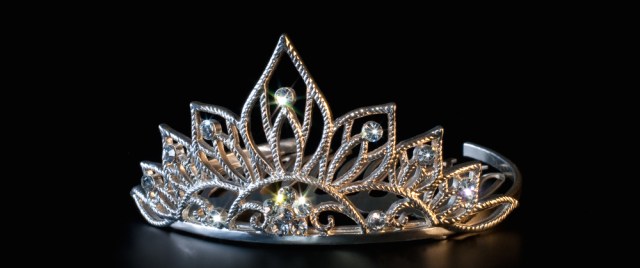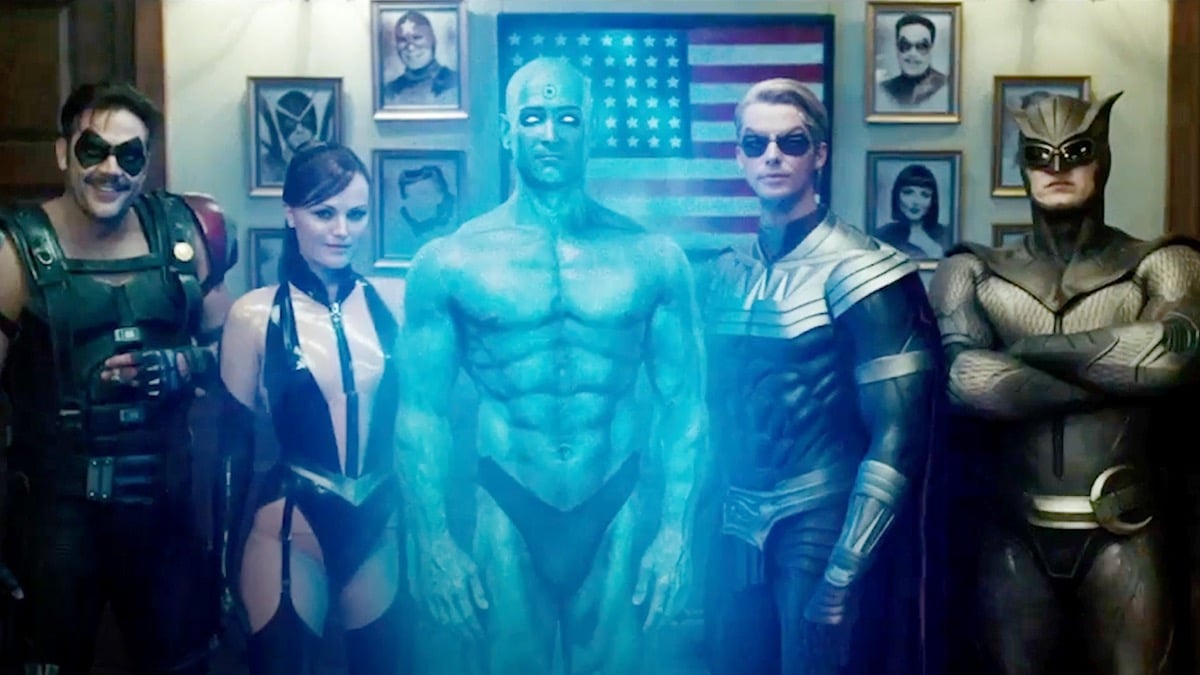Princesses, despite what we may think of their relevance, seem to be everywhere we look. In movies, in television, in products aimed at young girls, the trope of the princess is going as strong as ever, often as an old type wearing a new costume. Though progress appears to have been made, the new, feisty princess simply pays lip service to longstanding feminist concerns, mollifying women’s issues in popular culture, and giving an appearance of change where there is still much work to be done. Yet, classical princesses began to share the field around the time of this noticeable shift in values, begetting first one major additional kind of princess, and then another that seemed to combine the two. Each came with its own problems, and remains with us today, as sometimes token examples of an attempt to break barriers, but also as troubled answers to the complicated (or is it?) question of representing women.
The Pants-Wearing Princess: Tomboys
No longer relying on the classic archetype of the perfect, virginal, nice princess, modern incarnations began to mix it up by introducing a new trope type: the Tomboy Princess. From Belle to Tiana, the “new” princess seen at Disney and elsewhere was more assertive, adventurous, and autonomous. There’s Vanellope von Schweetz in Wreck-It Ralph, even Princess Fiona in the Shrek series, among countless other examples. However, as it turns out, the Tomboy Princess has its own harmful drawbacks.
The Tomboy Princess is often depicted as superior to the classical princess, but largely because she has masculine traits that legitimize her feelings, motivations, and opinions. As Stover’s paper puts it; “a study funded by the University of Connecticut demonstrated that masculine qualities of the traditional Disney hero are increasingly applicable to the female characters. The study suggests that traits such as “assertiveness,” “independence,” and “desire to explore” are coded masculine, and delineates the progression of female characters towards embodying these previously off-limits characteristics.” While it’s great to see boundaries being pushed, this move toward masculine traits continues to confirm their place as the most valuable traits that a person can have, and ones that are required in order to be taken seriously. The downplayment, and even bad-mouthing of affection, emotional response, and nurturing, all considered traditionally feminine characteristics, is too often a part of bolstering up bravery, leadership, and intelligence. Though a concession to modern taste, the Tomboy Princess leads to a societal de-valuation of more traditionally feminine traits, which isn’t a healthy way to approach representation, either. This begs the question of course that, if you can swing too far on a spectrum one way or the other, is there a way to get it just right?
Everything to Everyone: The Impossible Princess
There’s another kind of new princess who has arisen in recent times, more surface perfect even than her classical or tomboy predecessors. We as a society are slowly changing our views of the feminine to include more socially perceived positive traits like toughness, bravery, and intelligence. At the same time, we’ve expanded our culturally held views of what it means to be a princess, subverting the old tropes and instating new ones. Or have we? Is the “new princess” a product of third wave feminism, a symbol of having your frills, and your ambitions, too? Because the compromise of the still-graceful and girly princess who is also strong and smart does potentially put a high demand on real girls to be everything, to everyone.
This search for perfectionism can be as stressful and damaging as any push from the Classical princess sector. Women of our generation, who grew up amongst the throes of princess fever, are now adults, and, by all accounts more successful than ever. Clearly, we were able to overcome some of the lessons we were taught so forcefully at an early age. But are we truly able to dismiss princesses and their qualities entirely? Moreover, why must there still be a cultural barrier that must be overcome in order for women to succeed? According to Orenstein, “a survey released last October by Girls Inc., school-age girls overwhelmingly reported a paralyzing pressure to be “perfect”: not only to get straight A’s and be the student-body president, editor of the newspaper and captain of the swim team but also to be “kind and caring,” “please everyone, be very thin and dress right.” Give those girls a pumpkin and a glass slipper and they’d be in business.”
Great strides have been made in the high-flying fields of business, law, and politics, but we’re still doing terribly with the gender ratios in Congress and big business. Women start out with relatively equal numbers to men in law school, as far as I was able to tell, but don’t become partners in equal numbers. In fact, according to NALP, the National Association of Law Placement, women comprise only 16.5% of equity partners. Moreover, the number of women associates has been steadily slipping every year since 2010. This problem is much larger than princesses: our society is still not set up for women to be exceedingly professionally successful and to also have families, in short, to be everything to everyone. Yet, women are taught that in order to be considered successful, to be liked, they must have it all. It is a system that is, in essence, setting women up (as it would set up anyone) for failure.
More is More: Representation and Choice
The hopeful truth is, it all comes down to the dollar, to the consumer. And the consumer market is still looking for subversion of tropes and clichés.
In 2012, psychologists James C. Kaufman and Dean Simonton, author of “The Social Science of Cinema”, conducted a study of over 200 family films released between 1996 and 2009, to determine what made children’s movies successful. What they found is unsurprising, but certainly uplifting: “They found that films that dealt with nuanced and complex themes did better than those that played it safe, as measured both by ratings on metacritic.com, rottentomatoes.com, and IMDb and by over-all financial performance. What works for children’s films is more or less the same as what works for adult ones.” (Maria Konnikova writing for The New Yorker) Just look at the worldwide phenomenon that is Frozen, a film this author found flawed, but is a work that allows certain expected parts of its genre to be turned on their heads. Frozen, like the hit television show Adventure Time, succeeds not by having one princess who must be everything, both classic and new, but multiple female characters who interact, and have different personalities, and, importantly, flaws. Audiences respond to complexity, and a way to create that complexity is to have better representation, in short, more choices for viewers to identify with on a personal level.
I said at the beginning that I wanted to see characters that encourage the tenents of feminism, instead of diminishing them for the sake of Hollywood politics. Allowance for choice, and not a declaration of a singular, preferable type, is one thing that modern feminism is really about. The more (and more kinds) of female characters that we see, the healthier our own estimation of ourselves and our capabilities. There’s room for the princess, for the tomboy with a crown, and everyone else, too. Women, young and grown, are looking for themselves in the media they watch. We should give them something more to look at.
Zoe Chevat is a writer, animator, and illustrator who attended the CalArts MFA Program in Film and Animation. In addition to writing for The Mary Sue, she also contributes to Bitch Magazine Online. She comes from New Jersey and lives in Los Angeles, and, after many years, still finds that second part incredibly strange. Follow her on Twitter @zchevat, or on Tumblr at http://justchevat.tumblr.com
Are you following The Mary Sue on Twitter, Facebook, Tumblr, Instagram, & Google +?










